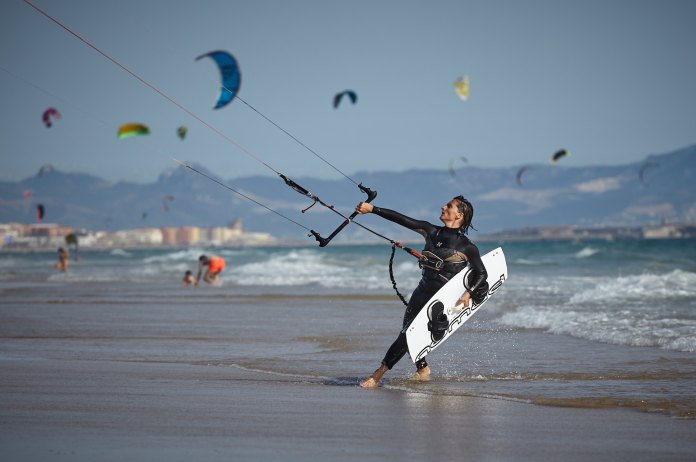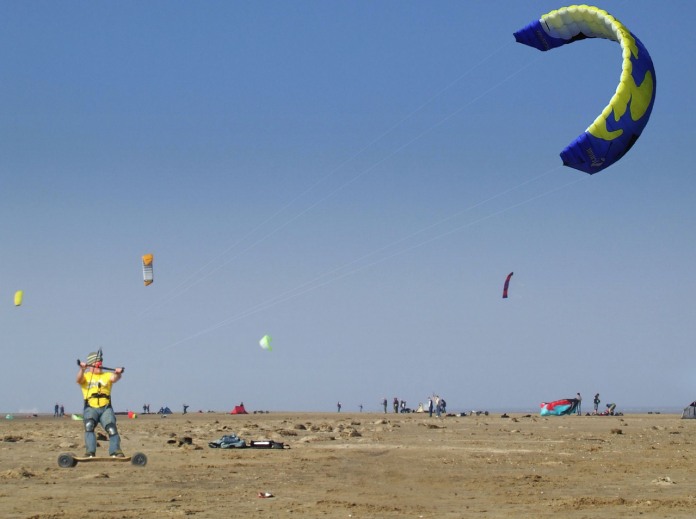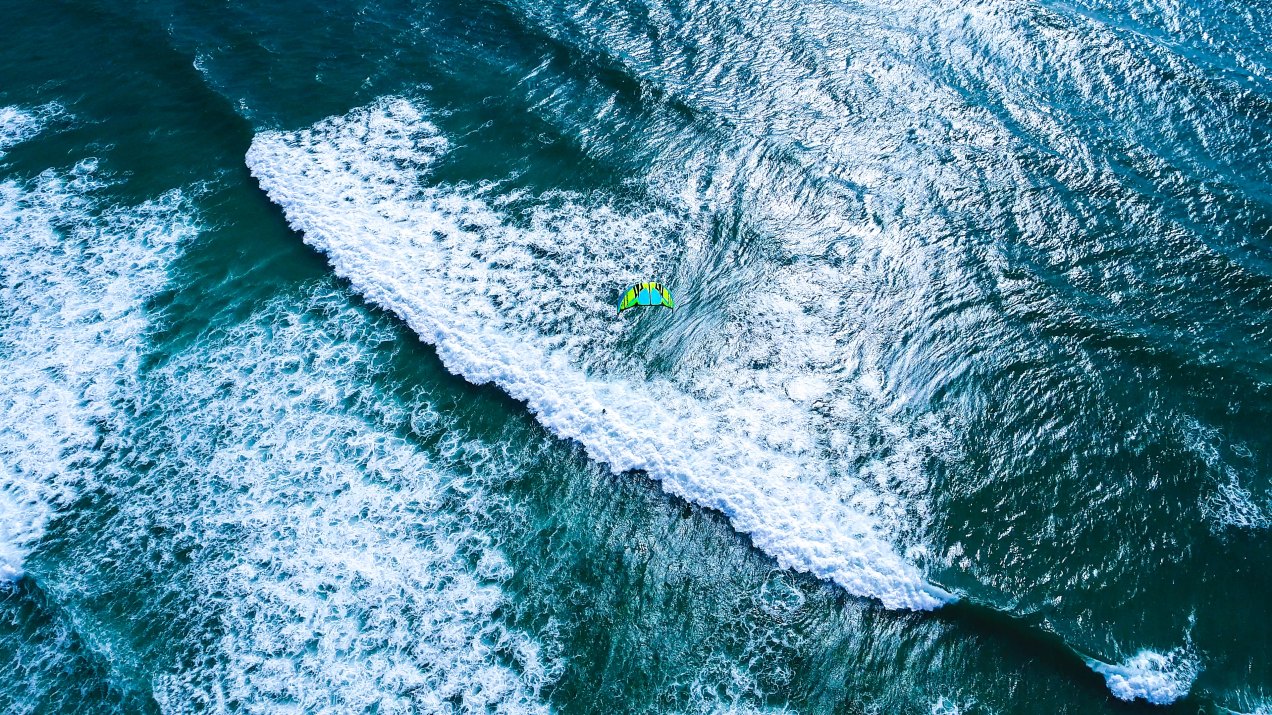Welcome back to this series of articles on turning your life around, getting your weight down and most importantly making changes to your lifestyle to keep it that way.
I think a lot of people think that to lose weight, you need to either undergo a strict calorie controlled diet or spend an inordinately long time at the gym or pounding the pavements. In truth, to make reasonably fast progress on a diet, its a combination of much less of each of these.
The previous articles have shown how to understand what your ideal weight should be, methods for measuring food and drink intake and what to do on those occasions when diet plans don’t go well. This article shows how you can use exercise in combination with calorie control in a balanced way, and introduces one of the fundamental principles of what I call the bank diet; swapping out exercise for calories to make the diet more flexible and maintainable. (The bank bit is explained next week).
Why exercise is important, and how it makes dieting easier
You’ll probably already be aware that exercise burns calories, but did you know that it also changes how your body maintains its energy? Metabolism is used to describe how your body turns food into energy and keeps you going.
If you exercise regularly, you’ll put on muscle as your body adapts to perform the exercise more efficiently. In terms of moving towards your ideal weight, replacing fat with muscle is important because muscle cells burns more calories than fat cells, even when you’re resting.
In the first article, I said that the fundamental principle of successful dieting is using more energy than you take in and how important that is. How your muscles use more energy is alongside that in importance. If you exercise regularly, you’ll find calorie controlled dieting much easier.

I get it that the word ‘exercise’ looks intimidating, especially if its been a while since you’ve put training shoes and gym gear on for their original purpose. It doesn’t have to be. Success using the Bank diet doesn’t rely on you doing exercise, but it will be assisted if you are working out in some way or another and will aid you reaching your target faster.
I didn’t exercise very much when I started trying to lose weight. However, when I moved to the south downs a year and a half ago, I thought that it would be a waste to not get out and see the local scenery, which had been one of my reasons for moving.

This isn’t my local countryside, (it’s actually in Ireland) and neither is the picture above it, but you get the idea.
I started by going out on a mountain bike for a few miles. I found the closing stages of this hard work because I was out of condition and lugging around three and half stone extra weight. I started what I now call the bank diet around the same time and the two went together – it was much more diet than exercise to start with, but this changed so that now I’m probably doing between 7 and 10 hours exercise a week and dieting as I need to, to maintain a BMI of 25. I also do bi-monthly 30 mile cycling sportives, which I have to be honest were really hard work to start with, but have become easier, and they use an awesome amount of calories.
Where do you find the time to Exercise?

I read in a Telegraph article from 2013, that scientists had established that exercising for 30 minutes a day is more efficient than exercising for an hour. If you do this over 5 days, this is 2 and a 1/2 hours and is actually a very small amount – only 1.5 % of the 168 hours in your week. You might spend more time washing and refuelling your car!
Some of the rest of your time might be spent as follows:
Sleeping 56 hours.
Commuting 10 hours.
Eating 18 hours.
Working 40 hours.
Shopping 3 hours.
The remainder is 41 hours or so. If you do 30 minutes exercise 5 days a week, this still leaves 38 and a 1/2 hours free, so you may have more time available than you think.
Cycling is a good form of exercise, and so are walking and swimming. By the way you don’t have to be all togged up like this rider. (The helmet is important though).

45 minutes on a bike will consume 200 calories. A 3 kilometre walk will use up 180 calories. If you walk to the shops 15 minutes away rather than drive, you’ll have burn’t up 120 calories by the time you get back.
The advantages of exercise
Increased Metabolic Rate
It does this by building muscle mass which consumes more energy than fat. The grin factor here is that you’ll be able to consume more calories when you’re not exercising as well.
The exercise needs energy, and this comes off of your calorie count. If you walk for half an hour you’ll burn 120 calories. (Walking is a very good exercise in itself).
You have to pay for this somehow – this energy isn’t free, so in this case, you ADD 120 calories to your calorie limit. See what’s just happened? Exercise requires you to eat more in order to pay for it. You wouldn’t expect to run your car without fuel and the same goes for you when you exercise.

Photo supplied by Robert Linder at FreeImages.
So as an example, say you have a calorie limit of 1800 calories, and go walking for 30 minutes. You now add 120 to this so your day’s limit is now 1920 calories. You are now almost up to ‘normal’ calorie intake but still losing weight!
By now you’ll appreciate what 120 calories represents – a nice yogurt or a banana or a two slice kitkat. If you do an hour’s walking this is doubled. Think what you could do with this extra 240 calories!

Muscle Tone
If you exercise consistently, you’ll find that your body definition will change, and you’ll actually be able to see your muscles, where before they may have been masked with fat.

I was really surprised by this. I’m not talking about the kind of definition body builders have, or that displayed in this great statue, but you will see a marked difference in how your body looks and feels if you maintain a reasonable amount of exercise every week.
Feeling happier
That sounds daft right? How is exercise going to make you happier?

When you exercise, your body releases endorphins which are morphine like substances that dull pain experienced following exercise. The side product of this is that they produce a feeling of euphoria. The British Heart Foundation corroborates this in their Good reasons to cycle article.
Feeling more awake
I found that exercise, (which I thought was the last thing I wanted to do after working all day) was great for giving you more energy for the later evening, whilst still allowing you to drop off to sleep. An article in the science journal Scientific American supports this and says that we think and learn better when we walk or do another form of exercise.
Getting out of the house
Exercise allows you to get out in the fresh air for a while, and gives you the opportunity to appreciate your surroundings.

I find with my bike – that although you’re still aware of whats going on, you kind of zone out after a while as your body gets into the rhythm – its a good way for your mind to drop all the clutter from the day for a while. The only thing I’ve found that’s similar is when I’m drawing portraits and get so caught up with the picture that everything else fades away. If you exercise in a group, its also a way for you to keep up with friends, and being together adds extra motivation to stick to your exercise plans.
The next article (due Saturday the 25th of November)
So, here we’ve discussed the reasons why its a good idea to compliment your dieting with exercise. In the next article I’ll suggest ways that you can do this, most of which are completely free, point you towards mobile apps that’ll help you count your exercise (including Strava and Map My Walk), and explain why this is called the Bank Diet.
If you want to get started before that, and haven’t exercised for a long time, take it easy to begin with and try gentle walking to get your body and mind used to the idea of regular exercise again.
If you like this article and would like to see more in the series as they are published, please click the follow button and supply your details, and you’ll be notified by email when future articles are published. I promise your details will not be redistributed or sold on.
The more followers and likes the articles have, the higher the articles will go in Google’s search engine listings and the more people will see them. At the moment they’re way down the bottom so there’s a really tiny audience, so any help here would be really appreciated.
All the best and don’t give up on the diet. You will get there!
Ian.








































